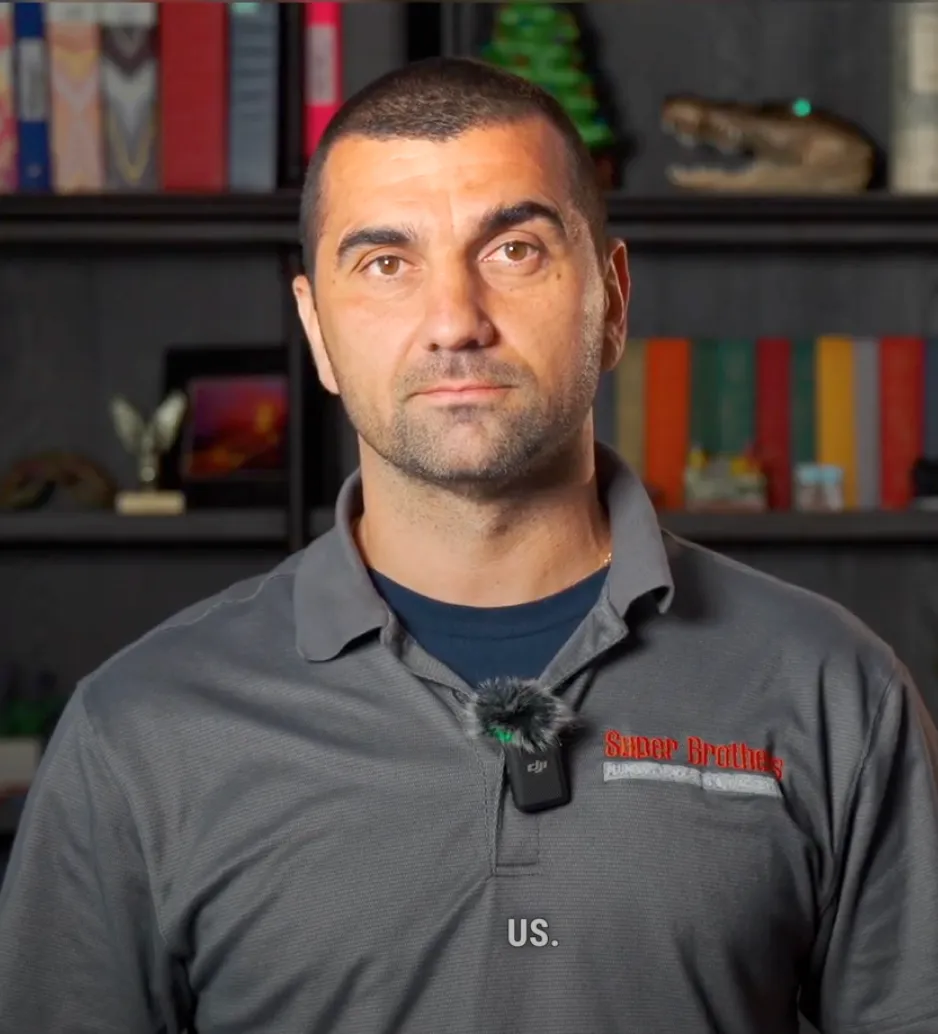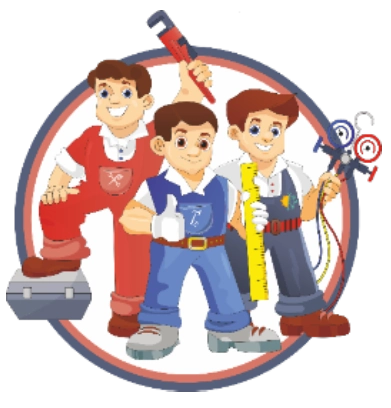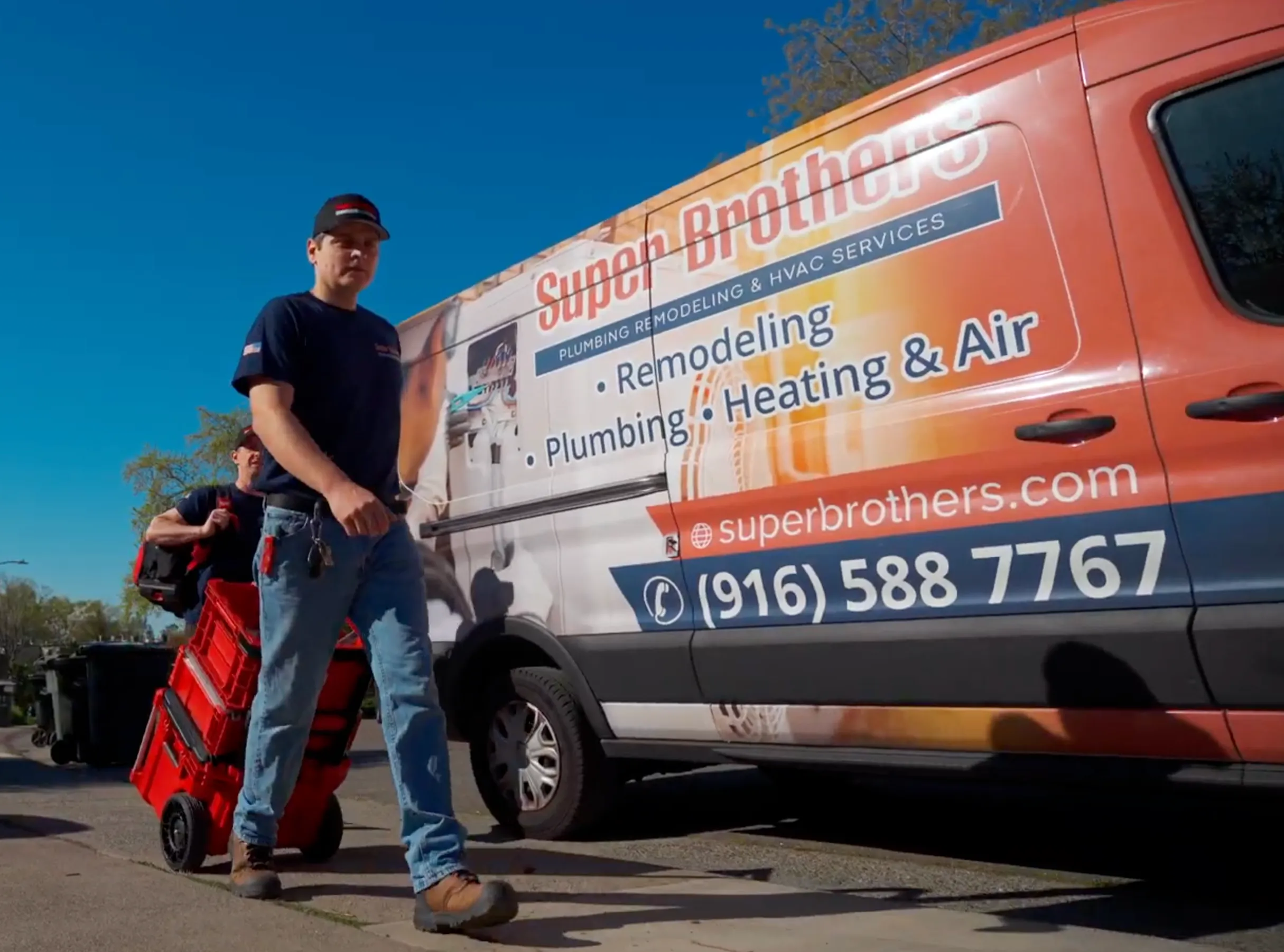When homeowners opt for repiping, they expect their plumbing issues to be fully resolved, imagining that all old, corroded pipes will be replaced with new, efficient materials like copper. However, after the job is done, some old pipes, such as galvanized steel, may still be lurking behind walls. This can raise concerns for homeowners wondering why their repiping wasn’t completely thorough.
What Is Repiping?
Before diving into why old pipes may remain, it’s essential to understand what repiping involves. Repiping refers to the process of replacing old or damaged pipes with new ones to improve the plumbing system’s performance and reliability. This is often done in older homes where pipes, such as galvanized steel, have corroded over time. Modern materials like copper, PEX, or PVC are typically used in repiping to ensure a long-lasting solution.
While many assume that repiping means a complete overhaul of the plumbing system, that’s not always the case. Partial repiping is quite common, and that’s where the confusion often starts.
Why Old Pipes May Remain After Repiping
Horizontal vs. Vertical Pipes
One common reason why old pipes remain after a repipe is the distinction between horizontal and vertical pipes. In many cases, plumbers focus on replacing the horizontal pipes that run beneath the house or through easily accessible areas like basements or crawlspaces. These pipes are more prone to exposure and corrosion, so replacing them is a priority.
However, vertical pipes, which are inside the walls and run from floor to floor, are often left untouched during a repipe. Why? Because accessing these pipes requires cutting into walls, ceilings, or other structural elements, making the project much more invasive and expensive.
For example, in a typical repiping service, replacing only the horizontal pipes beneath the building is far easier than going through the labor-intensive process of accessing and replacing the vertical pipes in the walls. This approach helps reduce costs and limits disruption to the home, but it leaves some older pipes in place.
Cost Considerations
Full home repiping can be a costly endeavor, so many homeowners choose a partial repipe to save on expenses. Replacing all the pipes in a home requires significant labor and materials, especially when it involves accessing pipes inside walls, which requires cosmetic repairs afterward. This could involve replacing drywall, repainting, or redoing tiles, which adds to the overall expense.
Plumbers often suggest replacing only the easily accessible pipes to cut costs, leaving the vertical pipes in the walls untouched unless they are in critical condition. This partial approach can provide an immediate improvement to the water flow and reduce leaks, but it also means that some of the older pipes remain in use.
The Risks of Leaving Old Pipes in Place
Even though partial repiping can save money and limit disruption, it has its downsides. Old pipes, particularly galvanized steel, come with several risks:
- Corrosion and Rust
Galvanized steel pipes are known to corrode over time. As these pipes age, rust can build up inside, reducing water flow and potentially contaminating your water supply. Even if the newly installed copper pipes are working well, the old galvanized pipes may still cause issues if they’re left behind. - Water Flow Restrictions
When parts of the system still rely on old pipes, you may experience water flow restrictions. Corroded pipes narrow over time, which restricts the volume of water that can flow through them. This becomes especially noticeable when multiple fixtures are in use at the same time, such as running the shower while using the kitchen sink. You may see decreased water pressure despite having new pipes in some areas. - Accelerated Corrosion Due to Mixed Metals
One major concern when mixing old galvanized pipes with new copper pipes is the potential for accelerated corrosion. Copper and galvanized steel are two different metals, and when they are in contact with each other, they can cause galvanic corrosion. This type of corrosion happens faster when two dissimilar metals touch, creating an electrochemical reaction that speeds up the deterioration of the pipes.
To prevent this issue, plumbers typically install dielectric unions where the copper pipes meet the galvanized steel pipes. These unions create a barrier between the metals, preventing the reaction. However, even with these precautions, there’s still a risk of problems down the road.
Why Plumbers Choose Partial Repiping
 Partial plumbing repiping is often chosen as a practical compromise between improving the plumbing system and minimizing costs and disruption. Most of the time, plumbers will replace the pipes that are most at risk of causing issues — the horizontal pipes beneath the home or those in exposed areas. These pipes tend to suffer the most wear and tear from exposure to the elements or frequent use.
Partial plumbing repiping is often chosen as a practical compromise between improving the plumbing system and minimizing costs and disruption. Most of the time, plumbers will replace the pipes that are most at risk of causing issues — the horizontal pipes beneath the home or those in exposed areas. These pipes tend to suffer the most wear and tear from exposure to the elements or frequent use.
The vertical pipes inside the walls are often left untouched for the reasons outlined earlier: accessing them is more difficult, and they tend to be better protected from environmental factors. Still, the risk of future problems remains if these older pipes are not replaced.
Should You Opt for a Full Repiping?
While partial repipe services can improve your plumbing system, they’re not always a long-term solution. If your home’s vertical pipes are still galvanized steel or another outdated material, you may want to consider a full repipe despite the added cost. Replacing the entire plumbing system ensures that no old pipes remain and minimizes the risk of future leaks, corrosion, or water pressure issues.
Here are some factors to consider when deciding whether to go for a full repipe:
- Age of the Pipes: If your home’s plumbing system is over 50 years old, full repiping may be the best option. Older pipes are more prone to corrosion and failure, and a full replacement can save you from more frequent, costly repairs down the road.
- Water Quality Issues: If you notice rust-colored water, strange odors, or other water quality issues, this could indicate severe corrosion in the old pipes. A full repiping could solve these problems.
- Future Plans: If you plan to stay in your home for the long term, investing in a full repiping makes sense. It’s a long-term solution that will improve the plumbing system’s reliability for years to come.
Conclusion
When you opt for repiping your home, it’s important to understand that old pipes may still remain, particularly those that are harder to access within the walls. While partial repiping services offer an affordable way to address immediate plumbing issues, it’s essential to weigh the long-term risks of leaving old pipes in place. Over time, these older pipes can corrode, restrict water flow, and cause leaks, which might require costly repairs down the road.
For homeowners facing this dilemma, it’s a good idea to consult with experienced repiping specialists who can assess the condition of the pipes and recommend the best course of action. If you’re looking for reliable solutions, consider reaching out to Super Brothers for expert advice and comprehensive repiping services to ensure your home’s plumbing system remains in top condition for years to come.



